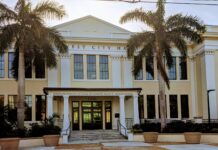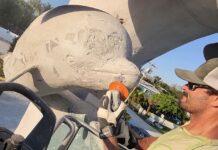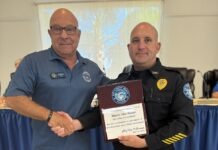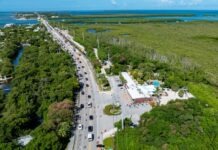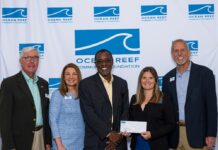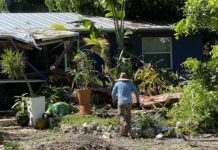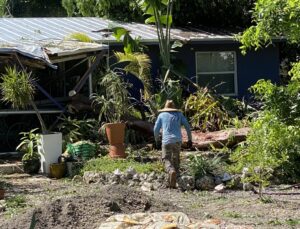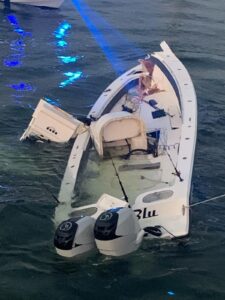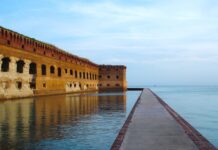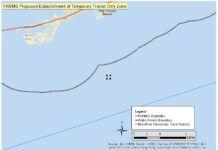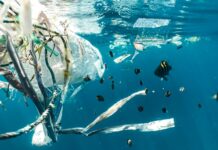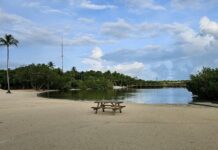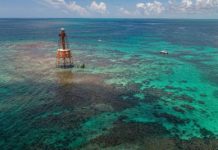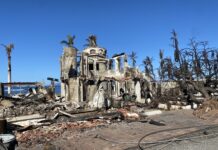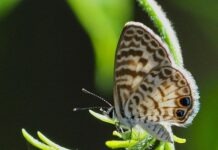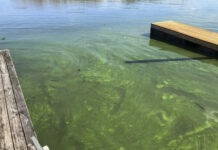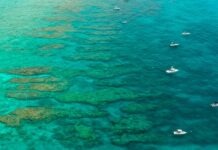Updates to the Florida Keys National Marine Sanctuary’s Restoration Blueprint aren’t expected to go back to the public for comment until 2021.
More than a thousand comments were gathered from the blueprint’s release on Aug. 20, 2019, up to a public input deadline of Jan. 30, 2020. The sanctuary, which spans from south of Miami to Dry Tortugas, contains seagrass beds, coral reef colonies, mangrove-fringed islands and marine species.
The blueprint looks to address the threats of hurricanes, disease, rising ocean temperatures and human interactions, through management activities, boundary expansions and marine regulations. Four alternatives are outlined in the blueprint, with alternative 3 being the sanctuary officials’ preferred option.
On Oct. 20, Beth Dieveney, policy analyst for the sanctuary, provided a brief update on the blueprint to Sanctuary Advisory Council members. Development of a draft rule and updated management plan is underway, with further vetting and clearing through the sanctuary expected to be complete by spring 2021.
Since receiving the final comments, Sarah Fangman, sanctuary superintendent, said officials have been going over every comment and proposal and evaluating the input received from the public and agencies.
“What you will see when that (updated management plan) comes out is the reflection of comments received,” she said. “We have come up with some proposals we are now vetting with state partners and our own agency.”
From the initial information received back, Fangman said not all are 100% in agreement with proposals such as regulations and boundaries.
“We do have a few items still we are discussing, negotiating where we ultimately will land on some of those issues,” she said. “That is when we will call it final internally and run it through a final vetting process before going to the public.”
In Key West, concerns were raised during an October 2019 forum regarding changes to popular recreational areas such as Snipe Point and Marvin Key. The sanctuary emphasized in an informational brochure that, “NOAA is not proposing to limit access to backcountry shallows and sandbars where there is historical recreational use, such as at Snipe Point and Marvin Key.”
In the Upper Keys, boaters expressed their displeasure during a forum last year over the idea of closing Carysfort and Sombrero reefs. Fangman admitted in her presentation that the original proposal was not clear about what “limited entry” means with regard to local access. She said the absence of that language has led people to conclude that “we meant to ban local people. And that’s not what we want at all. That’s not our intention.”
Residential concerns were raised over proposed no-motor zones on the oceanside of Marathon, which runs from Vaca Cut to Tingler Island and is bisected by 10 channels.
With concerns came support for protecting and preserving resources that bring one million visitors to the Keys every year and generate more than $4 billion in tourist dollars. Elizabeth Jolin, local captain and member of Florida Bay Forever, said the Keys are experiencing a paradigm shift caused by a serious decline in the health of natural resources.
“Change is painful and almost always inconvenient — but we know that the alternative, in this case, would be worse,” she wrote during a Weekly forum last year regarding the Restoration Blueprint.
C.J. Sweetman, regional wildlife and fisheries scientist for Florida Fish & Wildlife Conservation’s marine fisheries management, told SAC members on Oct. 20 that they’re continuing to move forward on a draft rule regarding spawning aggregation management near Western Dry Rocks. It’s expected to go before the FWC commission in December.
“We’ll be providing a recommendation for proposed management action at Western Dry Rocks during that time,” he said. “I’m unsure of the exact nature of what it is going to be, but it will be more than likely a seasonal closure of some sort at this location. We are still working with stakeholders to evaluate potential months that can be considered, which would give us so to speak the best bang for our buck over there to maximize the benefit for protecting this area.”
Workshops in the Keys are expected in 2021 to garner stakeholder feedback.
Based on public and agency input received, Dieveney said there are agreements on the need for more mooring buoys and channel markers, habitat restoration, enforcement and education and outreach.
“These are areas of the draft management plan that we are taking a careful look at and will be further updating and fleshing these elements,” she said.
Dieveney said other major topics heard through the process include managing visitor-use areas responding more rapidly to the threats facing natural resources and being more effective in real-time management.
